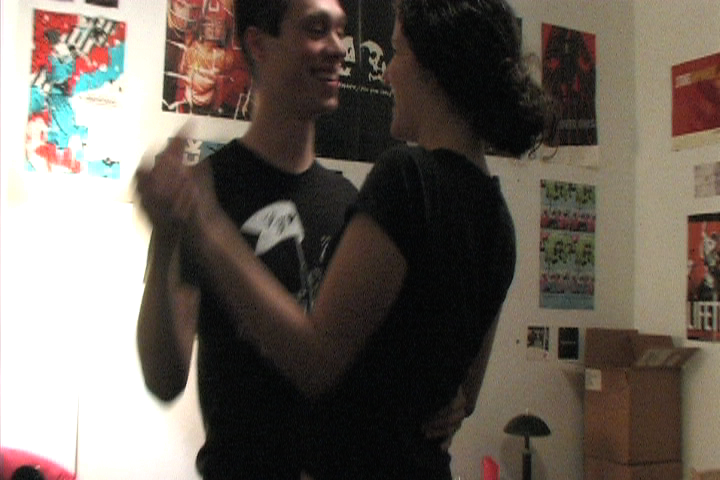Eric Sorensen and the staff of Sightline Institute who wrote the book chose carefully seven items (or wonders as they call them): bicycle, condom, ceiling fan, clothesline, real tomato, library book and microchip. What's the idea behind it? they explain: "This book is an ode to seven everyday devices you probably already own or use, which are so powerful, elegant, and in most cases simple, that they are and always have been friends of the climate (and also of your pocketbook, neighbors, health, and children). It's a reminder of everything that's right about our lives, not everything that's wrong."
The idea behind these items/wonders is not only to discuss their own advantages, but also the concepts behind them and how we can implement them in other forms in our daily life. Take for example the library book (did you think I'll choose another wonder as an example? :-)
The library book is a symbol of efficiency in many ways - one copy is being used by hundreds and sometime thousands of people - according to the book, the average North American library lends out 100,000 books a year, but buys fewer than 5,000 books. Because less books are needed to be printed, the library is saving a huge amounts of CO2 emissions, or for those who are in favor of figures - 250 tones of greenhouse gas emissions every year.
The concept that is meant to be emphasized here is of reusing - making the most out everything we already have. It doesn't mean you only have to share it in a system similar to libraries, although I see it as the highest possibility in the hierarchy of options. You can also sell old furniture on Craigslist, rent a movie on Netflix, or buy a vintage jeans at a local vintage clothing store.
As the book mentions 'reuse' is a greener strategy than 'recycle' even though it doesn't get the same spotlight. It gives an example that "to produce a book of 100% recycled paper , a paper mill uses about 60% of the energy and generates half the solid wasted and one third the greenhouse gases, and95% of the effluent of a mill producing the average U.S. book. To produce "100% reused" library books, paper mills uses zero energy and generate zero pollution per new reader since reuse bypassed the porduction stage altogether."
I really enjoyed the fresh and unique look the book takes at the fight against global warming and how the answer does not necessarily have to rely on billions of dollars R&D budgets to find alternative fuel, but can also start with the simple stuff we have at home. I have six out of seven at home (sorry, but no clothesline is available where I live, though I used to have it in many of the apartments I lived in and I really liked it), so I feel quite equipped for the fight, although I need to fix my bicycle and the sooner the better!
But this is not a final list and I'm sure other items you have at home can fit this list as well. And this is actually today's challenge with a reward on its side - we'll be giving away the review copy we received from Sierra Club to the best idea for an eighth wonder that matches the description of "an ordinary thing, that, with widespread use, can have an extraordinary impact on the fight against global warming".
All you need to do is to add a comment with your idea. We'll choose from all the comments we'll receive to this post by Saturday (7/5/08), 12 p.m. EST the one we like the most and send the happy winner the review copy of the book.
How it's printed: in the U.S.A on New Leaf Ecobook 50 acid-free paper, which contains minimum of 50% post-consumer waste, processed chlorine free. Of the balance, 25% is FSC certified to contain no old-growth trees to be pulped totally chlorine free.
Yours,
Raz @ Eco-Libris


 But to innovate a way of living that is in keeping with your ideals can be the most empowering thing you ever do. Sustainable living is creative--it will always require imagination and a good dose of gumption. It gets you "out there," doing new and radical things that you may have never thought you would do. That, my friends, is living!
But to innovate a way of living that is in keeping with your ideals can be the most empowering thing you ever do. Sustainable living is creative--it will always require imagination and a good dose of gumption. It gets you "out there," doing new and radical things that you may have never thought you would do. That, my friends, is living!










